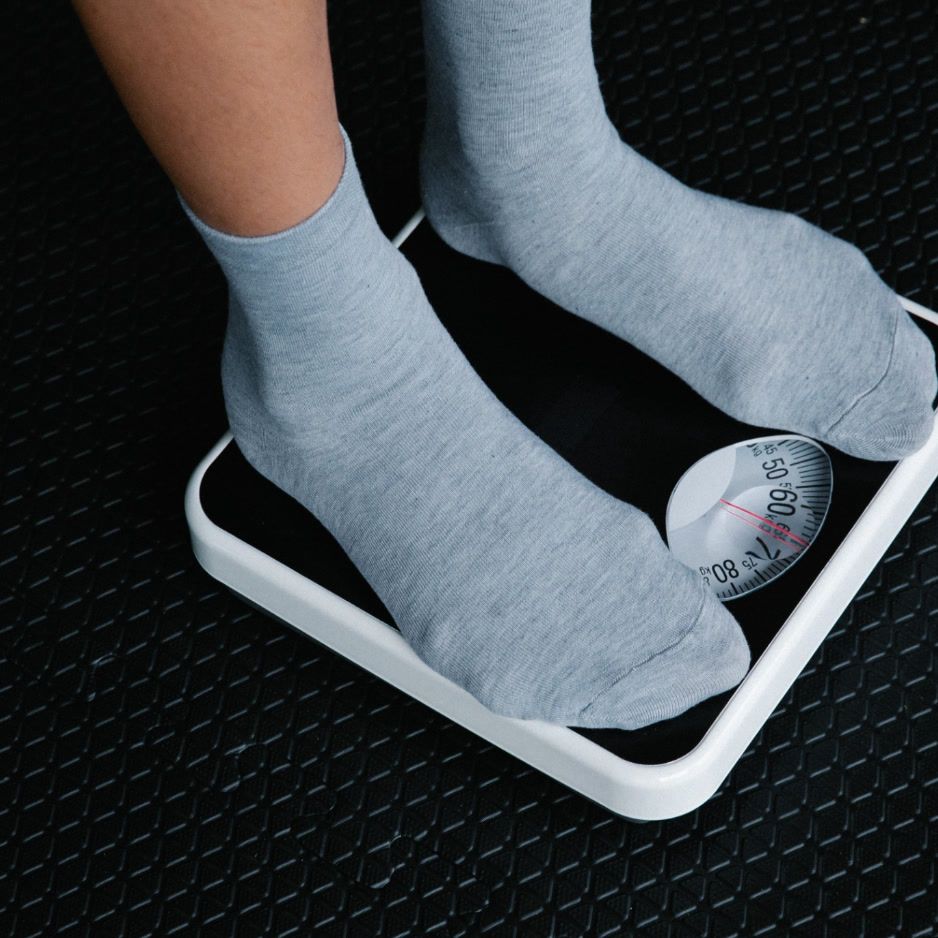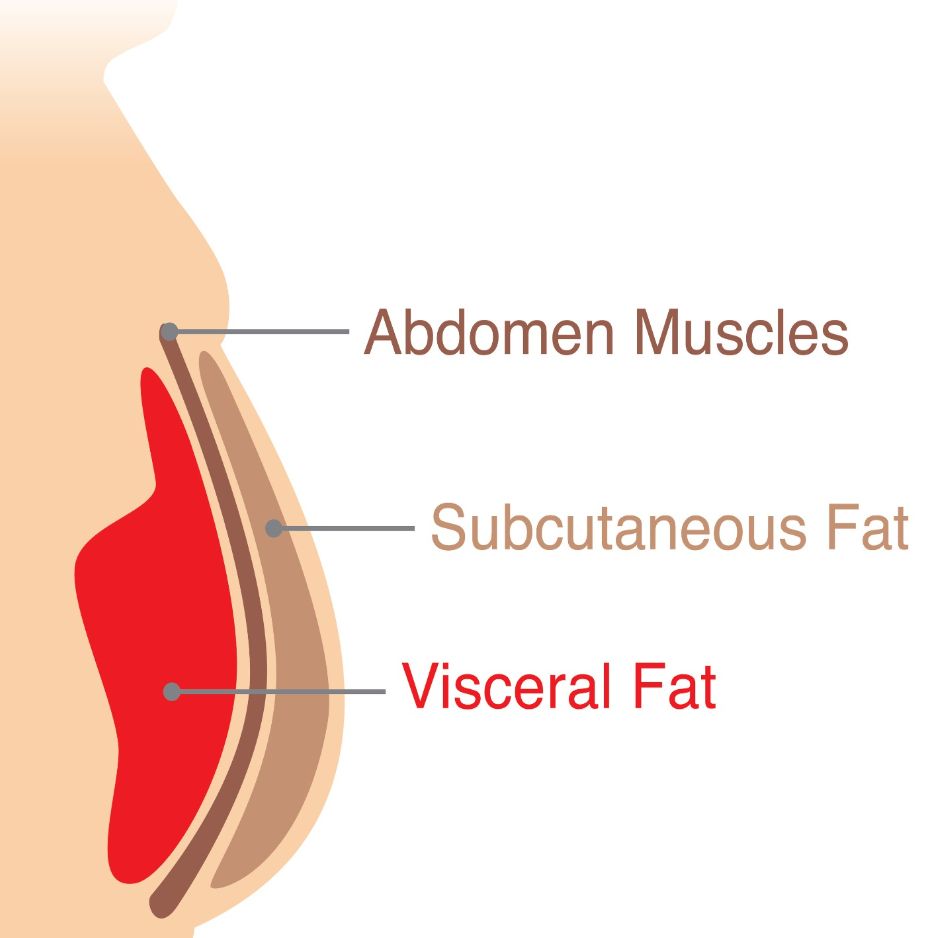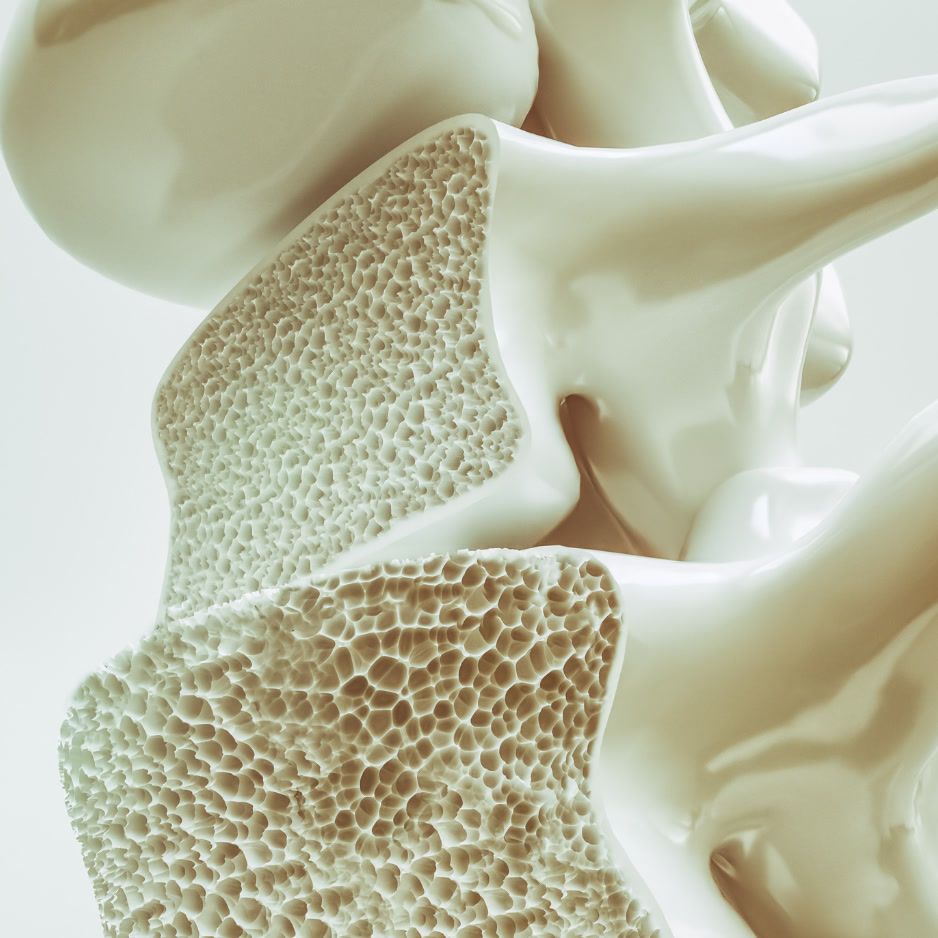Natural Bodybuilding: Rules, Training, and Prep Guide
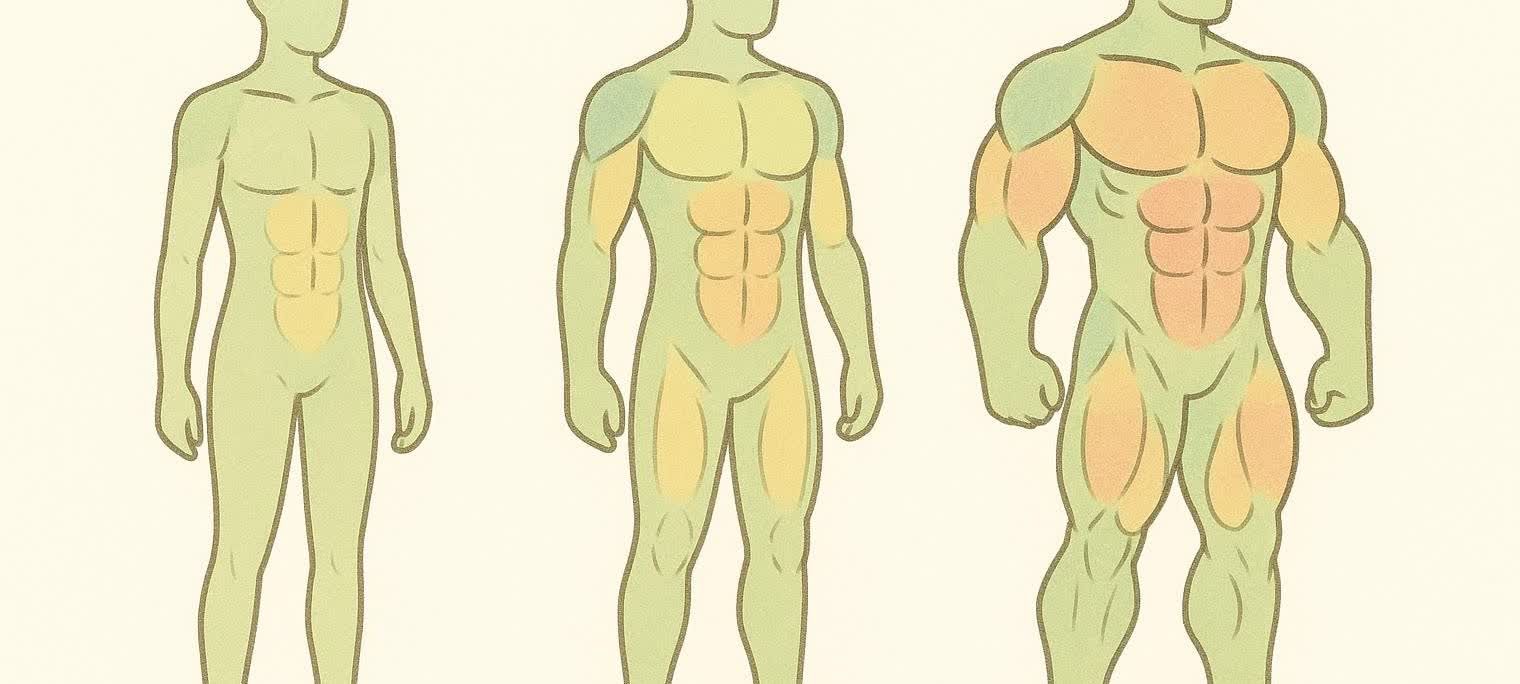
Natural Bodybuilding: Rules, Training & Prep Guide
Natural bodybuilding is more than “lifting without steroids.” It’s a drug‑tested sport with clear rules, banned‑substance lists, and real consequences. This guide breaks down the policies, outlines simple training and nutrition frameworks, and shows you how to track progress objectively with a BodySpec DEXA scan—on and off-season.
Quick Answers
What does “natural” mean?
It depends on the federation. Most require multi‑year drug‑free periods and test via polygraph and urine (sometimes blood or hair) with strict bans for steroids, growth hormone, peptides, and SARMs. Check your federation’s current anti‑doping policy before you register.
How do I train and eat?
Use progressive overload with enough weekly sets and keep protein and carbs on point. More weekly sets generally drive more hypertrophy, and muscle growth occurs across a wide load range if you train near failure. For nutrition, aim for about 1.6–2.2 g/kg/day protein; in the off‑season, target a 10–20% surplus with carbs matched to training volume.
How long to prep?
Many first‑timers need ~16–22+ weeks, with a structured peak week focused on carbs, rest, and safe hydration.
How do I track results?
Use regular BodySpec DEXA scans to see fat, muscle (including regions), and visceral fat trends you can’t get from a scale.
What “natural” means—and how it’s enforced

“Natural” is defined by the organization you compete with. Most big federations publish banned‑substance lists and test on show day and out of season via urinalysis, polygraph, and sometimes blood or hair sampling. Policies vary, but many require multi‑year drug‑free periods. A neutral overview of common testing methods and varying drug‑free windows appears in the Wikipedia overview of natural bodybuilding.
Highlights from current policies:
- WNBF/INBF. Minimum 10 years drug‑free from prescription/pharmaceutical hormones on the banned list and 2 years from OTC pro‑hormones and similar compounds. Testing includes urinalysis (with T/E ratio follow‑ups) and polygraph; failures for anabolic agents, growth hormone, peptides, and SARMs can trigger lifetime bans (WNBF anti‑doping policy).
- NANBF (WNBF affiliate). Similar 10‑year and 2‑year rules; strict stance on testosterone (even if prescribed), diuretics for bodybuilding purposes, and intoxicating cannabinoids around polygraph windows (NANBF drug‑testing guidelines).
- WNBF UK. WADA‑based policy with urine, blood, hair sampling and polygraph at bigger shows; refusal to test is treated as a failure (WNBF UK drug‑testing policy).
- ANBF. Multi‑layered testing (polygraph + urinalysis), Enhanced Detection Screening, and an automated VAST screening system effective 2025; drug‑free periods vary by substance class (ANBF banned substances & drug‑testing policy).
Your federation’s rules are the definitive source—always read the current year’s list before you enter.
Natural Bodybuilding Training Framework
You don’t need fancy tricks—just smart volume, progressive overload, and consistent recovery.

- Volume builds muscle. More weekly sets generally mean more growth, up to a point, as shown in a training‑volume meta‑analysis.
- Reps are flexible. Similar hypertrophy is possible across a wide load range (≈≥30% 1RM) when sets are taken close to failure—so 6s or 15s can both work, according to a 2021 review on hypertrophy and load range.
Starter guidelines (tweak based on your recovery and results):
- Weekly sets per muscle: ~10–20 across 2–3 sessions
- Reps per set: mostly 6–15; go lighter/higher‑rep on accessories
- Proximity to failure: finish with ~1–3 reps in reserve (RIR)
- Progression: add a little weight or a rep each week; deload every 4–8 weeks

Example splits that work:
- 3‑day full body
- 4‑day upper/lower
- 5–6‑day push/pull/legs
Nutrition for Natural Bodybuilding
Think of food as training fuel and recovery insurance. Start here, then personalize.
Protein
- Most lifters: 1.6–2.2 g/kg/day; per meal ~0.25 g/kg (≈20–40 g) of a high‑quality source; 30–40 g casein pre‑sleep can help hit daily totals (ISSN protein position stand).
Carbohydrates
- Strength/bodybuilding: generally 3–7 g/kg/day depending on training volume and energy needs (off‑season bodybuilding review).
Fats
- Set fat intake using one of two common methods: 20–35% of total calories or ~0.5–1.5 g/kg/day. Avoid extremes that hurt hormones or push carbs too low to train well.
Energy balance
- Lean‑gain phases: ~10–20% surplus; 0.25–0.5% bodyweight gain/week (off‑season recommendations).
- Cuts: small‑to‑moderate deficit; keep protein high to protect lean mass.
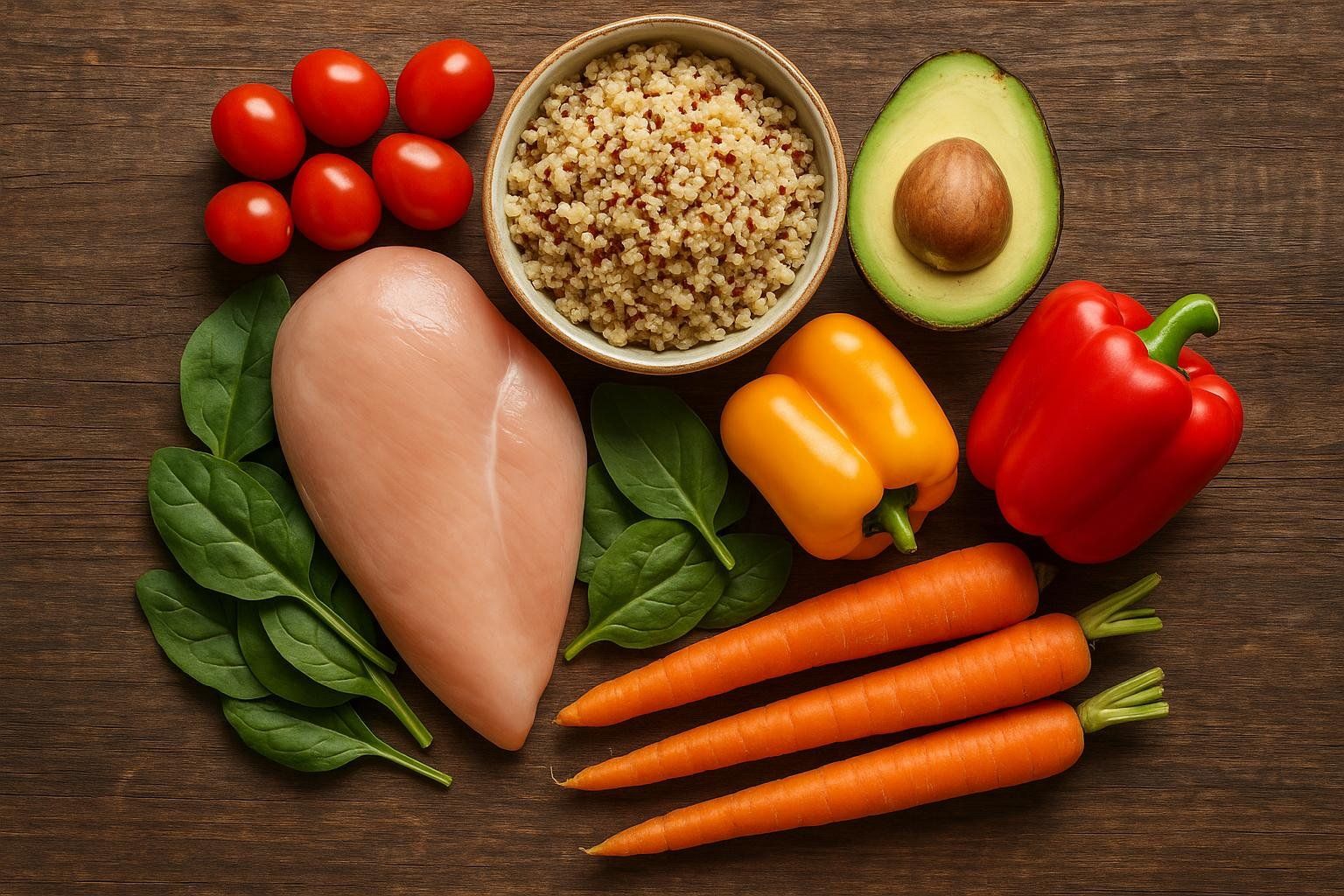
Competition prep timeline (first cut to peak week)
A smart prep is months, not weeks. Many first‑timers diet ~16–22+ weeks, then fine‑tune in “peak week.” This timeline is consistent with a peer‑reviewed overview of peak‑week practices.

Big rocks by phase
- 16–22+ weeks out: Set a small deficit; lock protein; standardize training; start posing.
- 8–12 weeks out: Tighten adherence; watch rate of loss; add light cardio if needed; practice stage timing.
- 4–6 weeks out: Rehearse your show‑day flow; schedule polygraph/urinalysis windows per federation.
- Peak week (final 7 days): Carb manipulation may improve fullness for some; avoid extreme dehydration and drastic sodium restriction—risks include hyponatremia and performance loss; herbal/prescription diuretics are commonly banned.
Peak‑week sanity checks
- Practice a “mock peak” 2–4 weeks out to learn your response.
- Keep training lighter; taper cardio so you arrive rested.
- Maintain sensible hydration and sodium—sodium actually helps carbohydrate absorption.

Track progress with BodySpec DEXA (off‑season and in‑season)
Stage physiques are built with slow, objective improvements. DEXA provides precise, repeatable data on the changes that matter for natural competitors.
A DEXA scan shows:
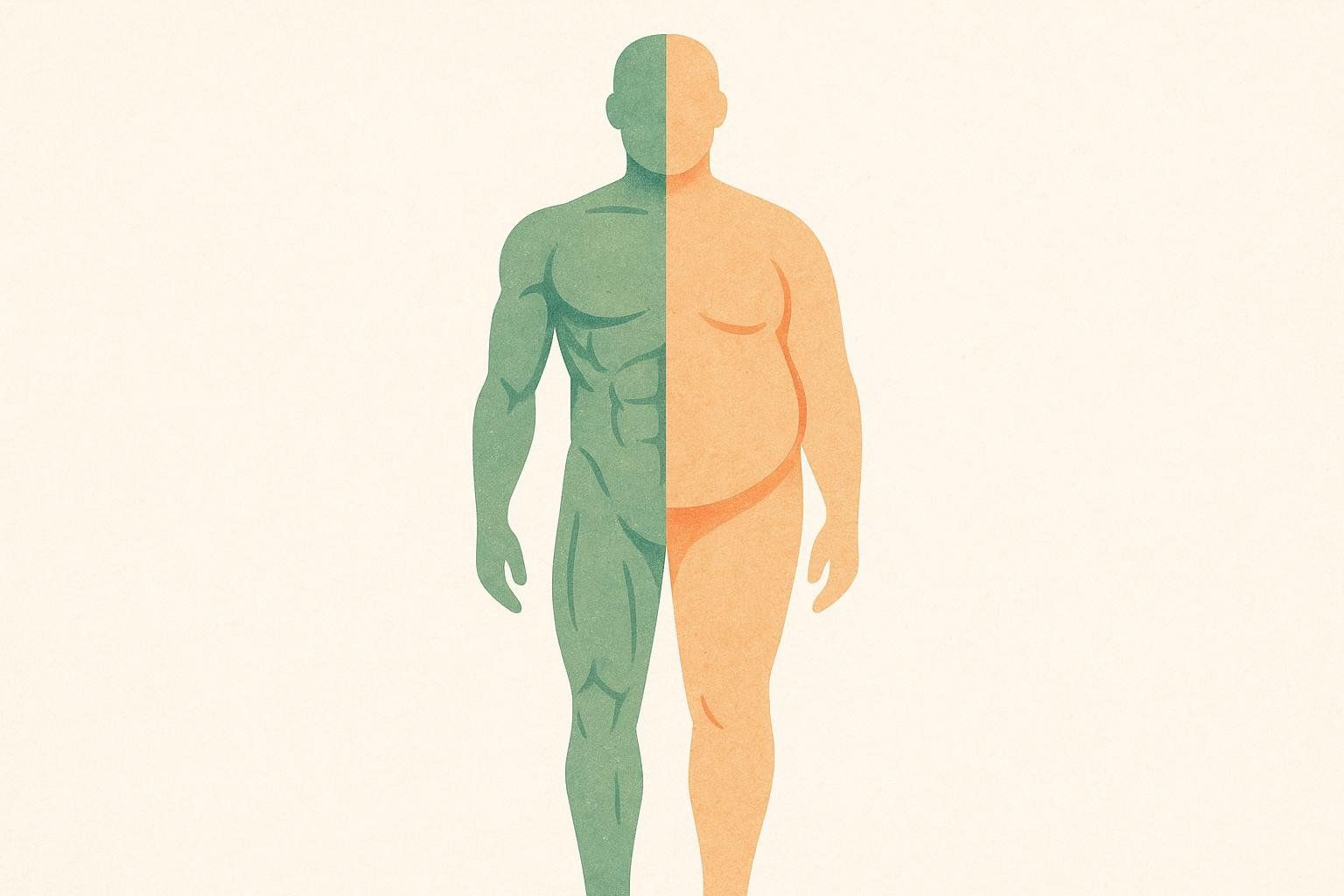
- Total and regional lean mass (did your legs or delts grow?)
- Fat mass and distribution (android/gynoid) and visceral fat (VAT)
- Bone density trends across long build phases
If you’re new to the modality, start with the DEXA Body Scan: Complete Guide. If VAT is a priority, see the Visceral Fat Scan guide.
How to get reliable comparisons:
- Baseline: Scan before an off‑season build or at the start of prep. If you’re unsure about timing, see When to Get a DEXA Scan (and How Often).
- Cadence: Re‑scan every 8–12 weeks to catch meaningful change (monthly is fine during tight phases).
- Consistency: Same time of day, similar clothing, skip hard training within ~12 hours, keep hydration and meal timing steady. For why this matters—and how we manage machine precision—see the BodySpec DEXA Scan Accuracy Guide. Before your first appointment, review how to prepare for your BodySpec scan.
How to use scans through the season:
-
Off‑season (building):
Scan every 12 weeks to ensure weight gain is mostly lean mass.
If fat climbs faster than planned, review your calorie surplus or add modest cardio.
Track regional lean mass (quads, glutes, lats) to confirm your program is building muscle where you want it. -
Early‑mid prep (16–6 weeks out):
Scan every 8–10 weeks to confirm fat loss with minimal lean loss.
If lean mass drops quickly, consider a smaller deficit, add carbs around training, or reduce ineffective training volume. -
Late prep (≤6 weeks):
A final scan 3–4 weeks out can validate you’re on track.
You usually don’t need a scan in the final week—focus on rest, posing, and logistics. -
Between shows / long seasons:
Compare shows in the same season to spot trends.
Plan a post‑show reverse so you regain glycogen and training performance without overshooting body fat.
What it costs and how to schedule
For pricing, packages, and locations, see What’s the real cost of a DEXA scan?. When you’re ready, book your BodySpec scan.
Why scan with BodySpec?
- Our scanners are calibrated to the same standard, ensuring consistent results across locations.
- Reports include whole‑body and regional breakdowns suitable for tracking specific muscle groups and visceral fat.
- Storefront and mobile schedules make it easier to keep a consistent scanning cadence.
FAQs: quick answers for tested lifters
Is creatine allowed in natural bodybuilding?
- Generally yes, but always check your federation’s list. Creatine isn’t a hormone or pro‑hormone and is widely used in tested sports; you’re still responsible for compliance.
Are SARMs ever allowed?
- No—SARMs are explicitly banned and often carry multi‑year to lifetime penalties across tested federations.
Can I compete on TRT with a doctor’s prescription?
- Most tested federations prohibit exogenous testosterone, even with a prescription. Some TUEs exist for certain conditions, but testosterone typically remains disallowed for physique enhancement—check your federation’s policy.
How long should I prep for my first show?
- Many first‑time naturals take 16–22+ weeks to get stage‑lean while preserving muscle—the slower approach helps training quality.
Do I have to cut water during peak week?
- There’s little evidence for extreme water/sodium manipulation, and real safety risks. Many naturals focus on carbs, rest, and stable hydration; diuretics are typically banned.
The bottom line
Natural bodybuilding rewards consistency, compliance, and smart planning. Learn your federation’s rules, train with progressive volume, fuel your body with balanced macronutrients, and use BodySpec DEXA to track your progress accurately—so you can build a stage‑ready physique that’s drug‑free and data‑driven.
